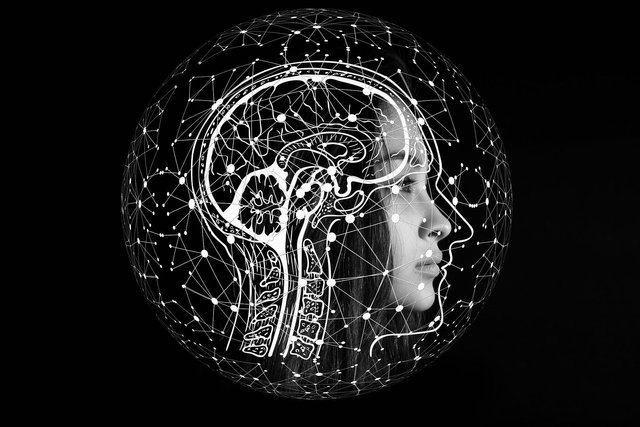
Fraud is as old as humanity and can take an unlimited variety of forms. The detection of fraud is not easy to solve, considering the multiple cases and the increase in the number of cases detected in recent years. But, can artificial intelligence help to detect fraud in our modern world today? Here are our thoughts below.
The development of new technologies has provided new channels and ways to carry out fraudulent activities: money laundering, identity theft, unauthorized use of networks, or cloning of credit cards are some of the most common examples, and they involve significant losses to the companies and users affected.
Why is Artificial Intelligence Important for Fraud?
An effective tool to prevent and identify this type of fraudulent activity is the use of Artificial Intelligence. For this, the knowledge of the data that each organization has, and that feeds and transforms through its different operational processes, offers the necessary material to recognize patterns of behavior and establish anomalous patterns that could be classified as “suspicious” in the face of possible fraud.
This article discusses fraud detection and presents the main techniques used and significant studies and trends in this field.
What is Fraud?
Fraud has been present in society since its inception. We generally understand fraud as any act with deceptive intent, carried out intending to obtain personal gain.
We can make a first classification of types of fraud based on its nature:
Internal frauds are those organized by one or more people within an institution for their benefit.
External frauds are those that one or more people carry out to obtain a profit, using external sources such as banks, customers, suppliers, etc.
Currently, many solutions allow the deployment of the necessary components to perform any advanced data analysis. From on-premise solutions, where all the necessary infrastructure is implemented in the client’s physical premises, to Cloud-based solutions that allow flexible costs based on use, processing capacity, and required storage.
In this sense, the limited capacity is not the technical architecture but the technical equipment necessary to orchestrate an excellent analytical solution. It must be able to transform the data, prepare it to implement the appropriate model, and represent it in a simple way to be interpreted by business users for decision making.
The minimum profiles would be:
Data Architects: they are in charge of determining and maintaining the platform that supports the entire process.
Data Engineers: they are in charge of carrying out all the extractions, transformations on the necessary data and loading in the final repositories.
Data Scientists: they are responsible for the application of the appropriate statistical, analytical, and Artificial Intelligence models, depending on the nature of the data as well as its interpretation.
Graphic Designers: they are responsible for creating the visual resources to adequately display the data obtained.
Fraud in Organizations
Today, internal fraud affects four out of every five companies. Although there are indeed sectors with a greater probability of suffering internal fraud (such as financial, technology, distribution, etc.), no type of organization is immune from it: internal fraud and the severe consequences, whether financial or corporate image.
That is why it is essential to prevent internal fraud cases in organizations. Most companies use financial controls to cut fraud, usually after the fact, so an exciting strategy coupled with the above is the use of anomaly algorithms to prevent internal fraud.
There are capacities and possibilities to deal with this type of fraud. It is necessary to approach the problem from several sides:
Policies and procedures aimed at prevention.
Investment in systems and information security.
The Role of Artificial Intelligence in Detecting Organization Fraud
Awareness and non-permissiveness of these events to offer support to the image of the company both internally and externally.
But to achieve a real effect, it is convenient to involve data analytics and Machine Learning algorithms that allow fraud detection and control based on business processes’ behavior.
The degree of specialization that data processing requires at this level implies the participation of highly qualified profiles that are capable of addressing the problem in a multidisciplinary way and very close to the business, to understand and establish the best infrastructure and the best tools to use tailored to the needs of each company.
Artificial Intelligence can substantially reduce this percentage by limiting not only economic but also image, motivational effects, and even its legal implications.
Cybera is a cyber security company focused on disrupting internal and external financial motivated crime within an organization or an individual.